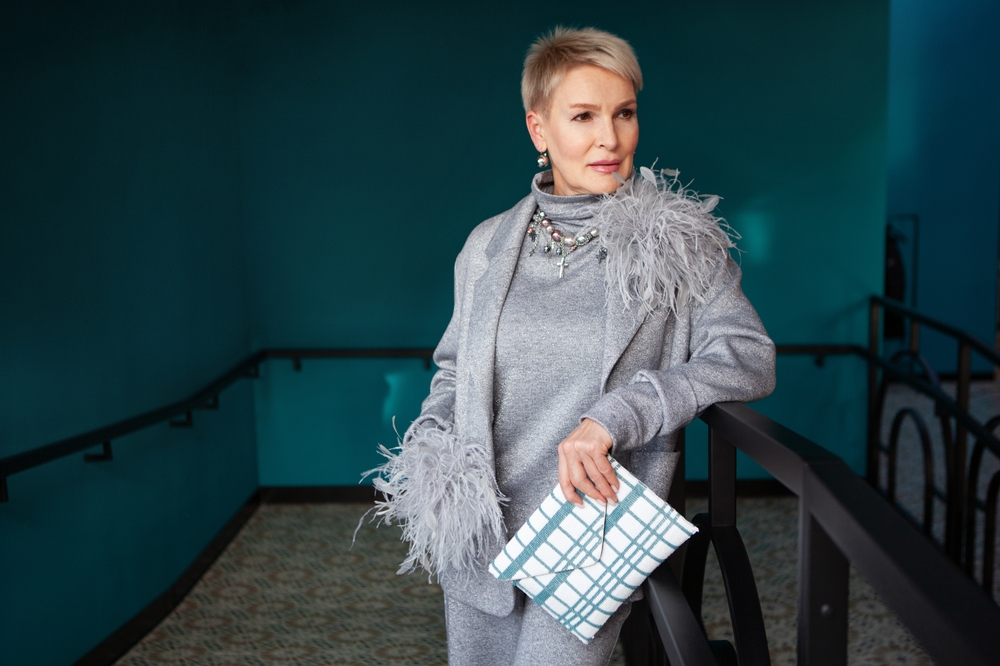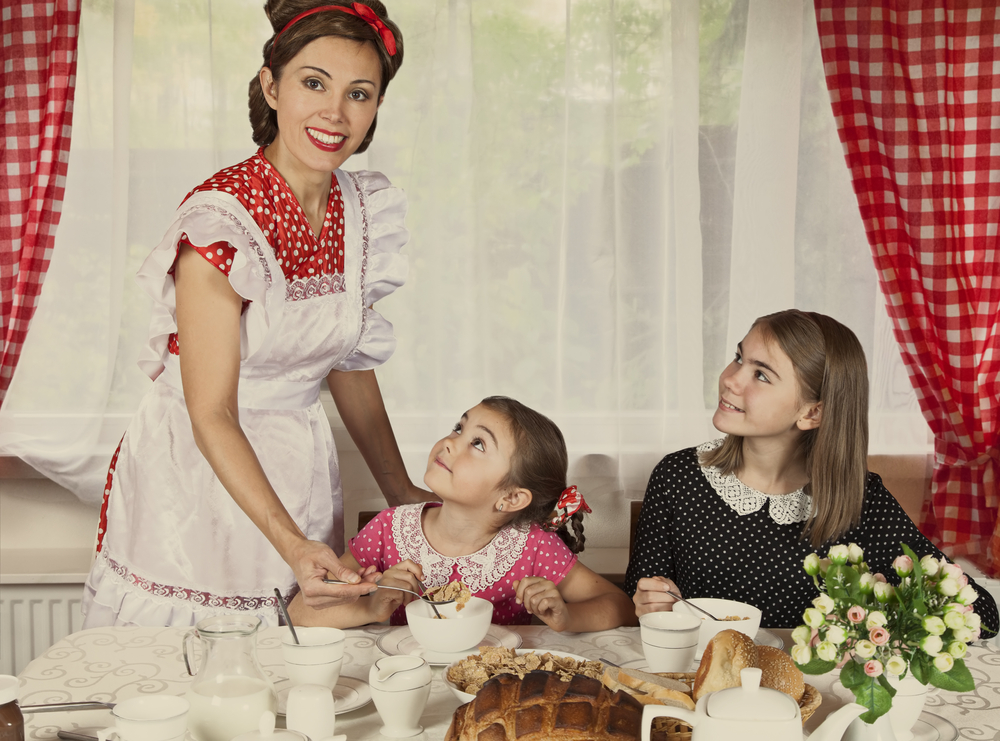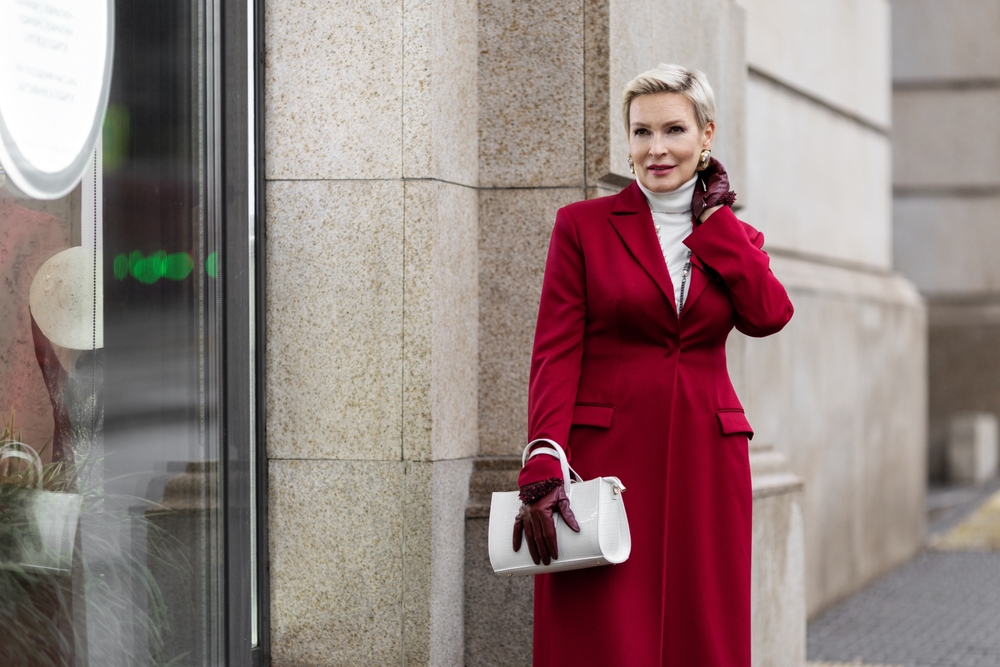We all want a full head of healthy, shiny, lustrous hair but the harsh reality is our locks naturally break, shed, thin, and go gray as we age according to the beauty experts at Allure. Bad hair habits and lifestyle factors can also speed up the rate at which we lose volume, texture, and our natural hair pigment. If shedding and pesky grays have become the bane of your existence, here are some reasons you might be unintentionally making things worse.
1. Biological Aging
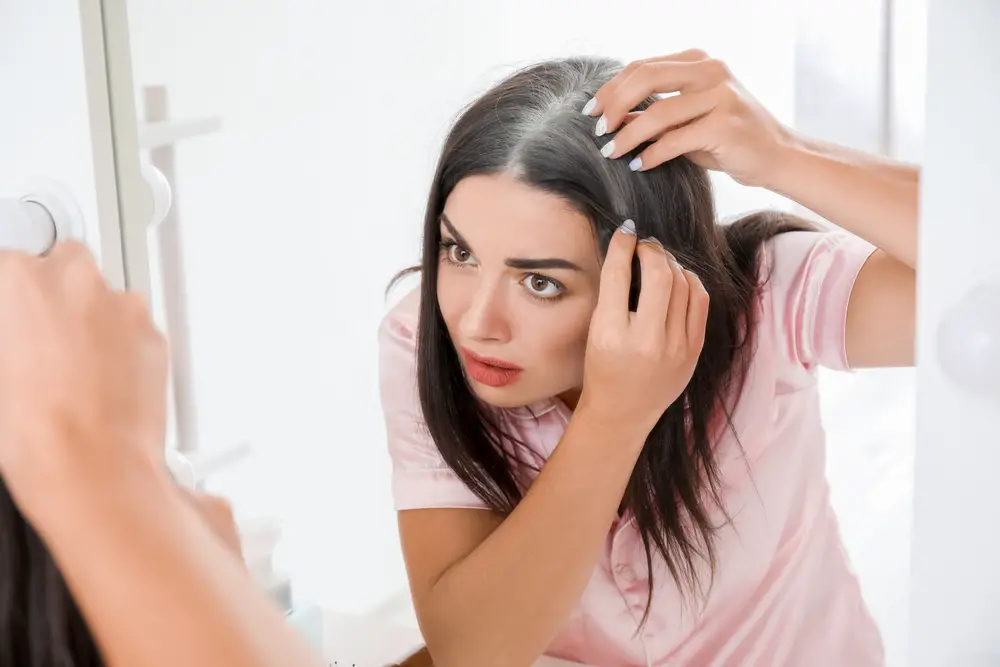
As we age, our hair follicles die off and our locks begin to shed faster than they grow, a condition known as “involutional alopecia”. Our skin, hair, and scalp also lose elasticity, collagen, and melatonin (the pigment responsible for our hair color) resulting in weakened hair strands and graying. Genetics largely determine when we go gray according to Business Insider so if your parents or grandparents turned a silvery-gray shade early you likely will too.
2. Washing In Hot Water
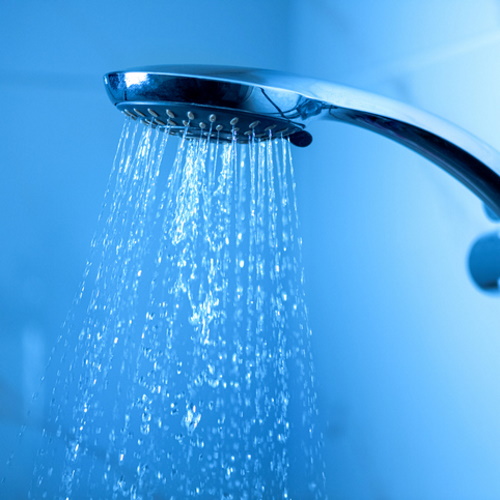
Always wash your hair in lukewarm water as hot water can damage the hair’s cuticles (the outer layer) making strands weaker and more prone to breakages and frizz. Hot water also strips hair of its natural oils causing it to become dry, and brittle and putting you at risk of split ends. A good tip is to do a cool rinse after washing to seal the cuticle and boost the health, shine, and vitality of your hair.
3. Washing Too Much
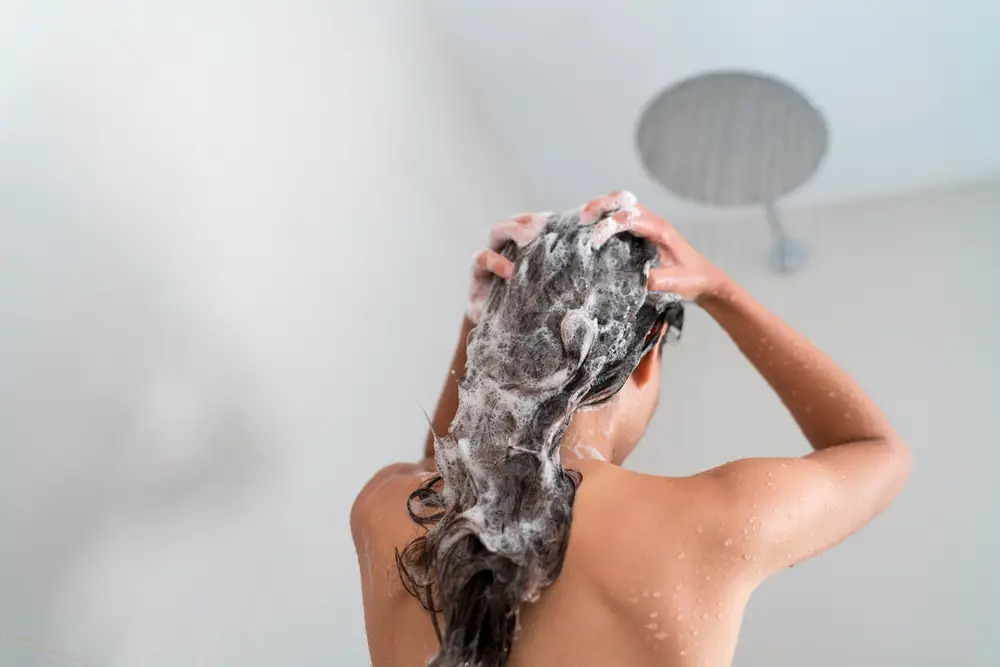
You do not need to wash your hair every day. Washing too often strips the hair and scalp of its natural oils, leading to dry, brittle strands and breakages. Beauty experts recommend washing hair 2-3 times per week to balance PH levels and keep its natural moisture locked in. Use a dry shampoo or baby powder between washes to refresh your strands, remove oil and make your style or blowout last longer.
4. Skipping Conditioner
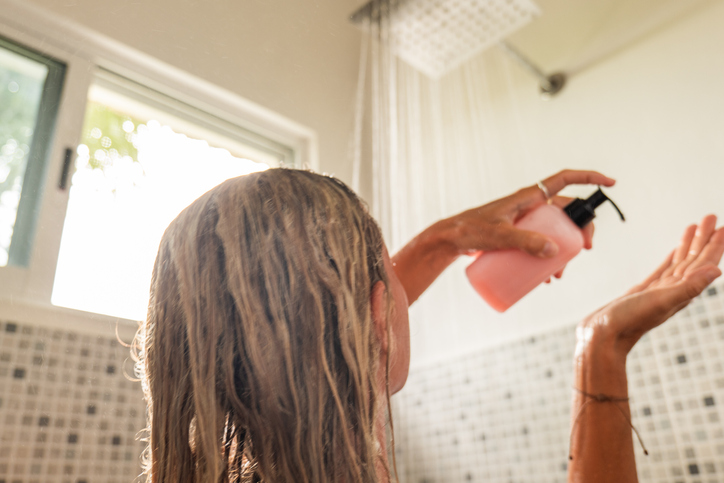
It’s crucial to apply conditioner to your hair every time you shampoo to maintain its health, and hydration levels and keep strands soft, smooth, and shiny. Skipping the conditioner can leave hair dry, tangled, more prone to breakages, and unmanageable. Always use clean, sulfate, and chemical-free hair care products and apply conditioner mainly to the mid-lengths and ends (especially if you have an oily scalp) as these are the most vulnerable to damage.
5. Bad Brushing Technique
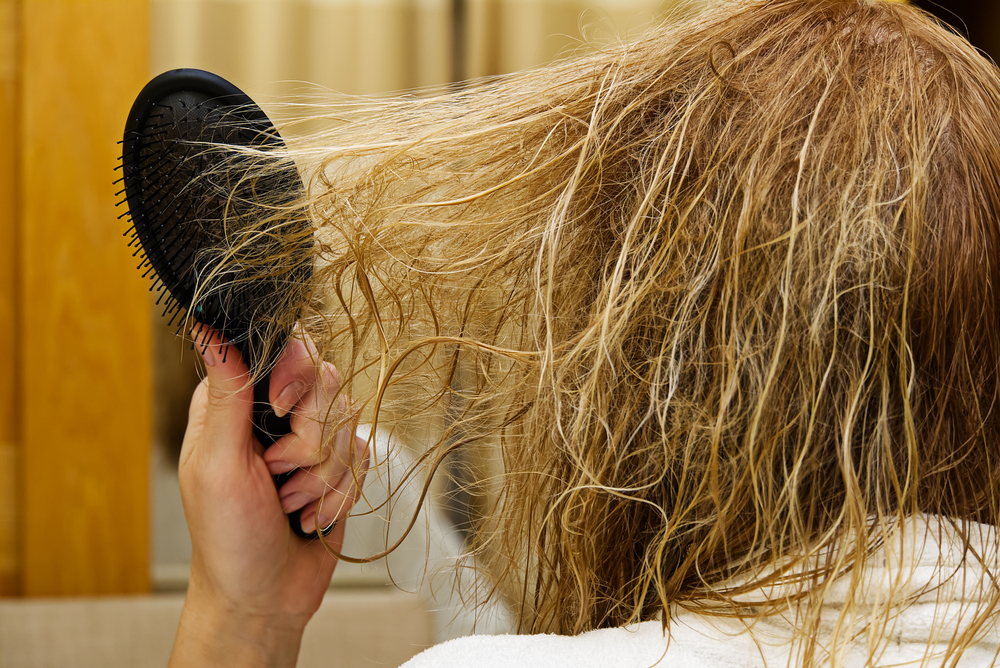
Never brush your hair when wet as it’s more fragile and prone to breakage, split ends, and hair loss. It’s best to gently detangle your hair with a wide-tooth comb (or your fingers) while damp starting from the ends and working your way up. And always avoid tugging or pulling on your strands as this can cause friction and damage. Experts recommend brushing your hair (when dry) morning and night with a gentle boar bristle brush. This will stimulate your scalp, strengthen hair follicles, distribute hair’s natural oils, and remove knots and tangles. Take it easy though, brushing too often or aggressively can stress and weaken the hair shaft causing damage and triggering shedding.
6. Rough Drying
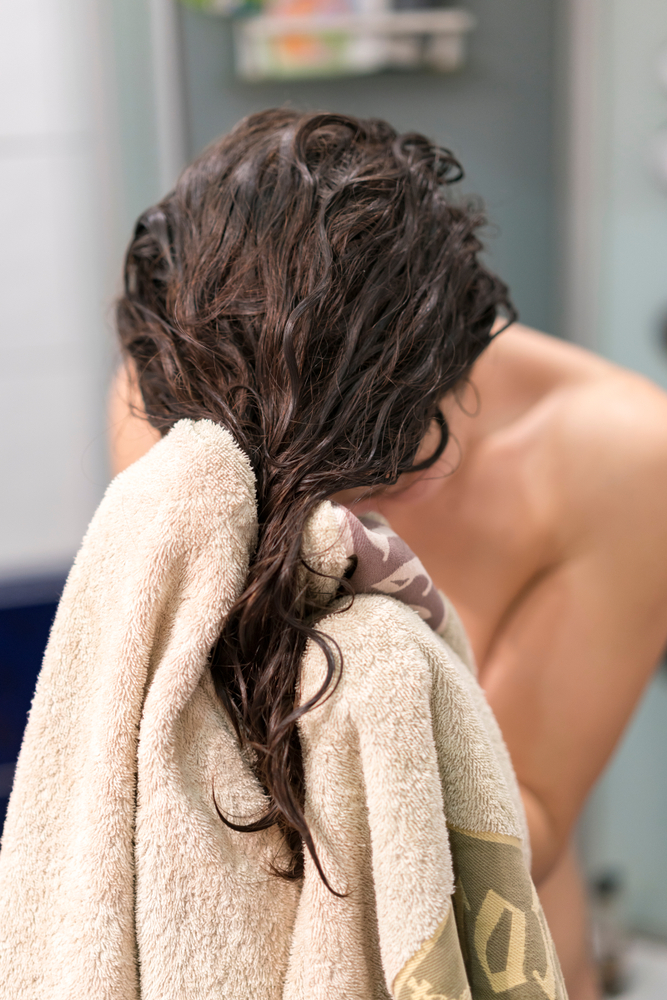
As wet hair is more vulnerable, never roughly towel dry your hair as this causes tension and friction which can lead to damage and loss. It’s better to gently squeeze out excess water with a soft microfiber towel or pat your hair dry. Letting it air dry naturally is also best for the health and condition of your hair.
7. Heat Styling Assault
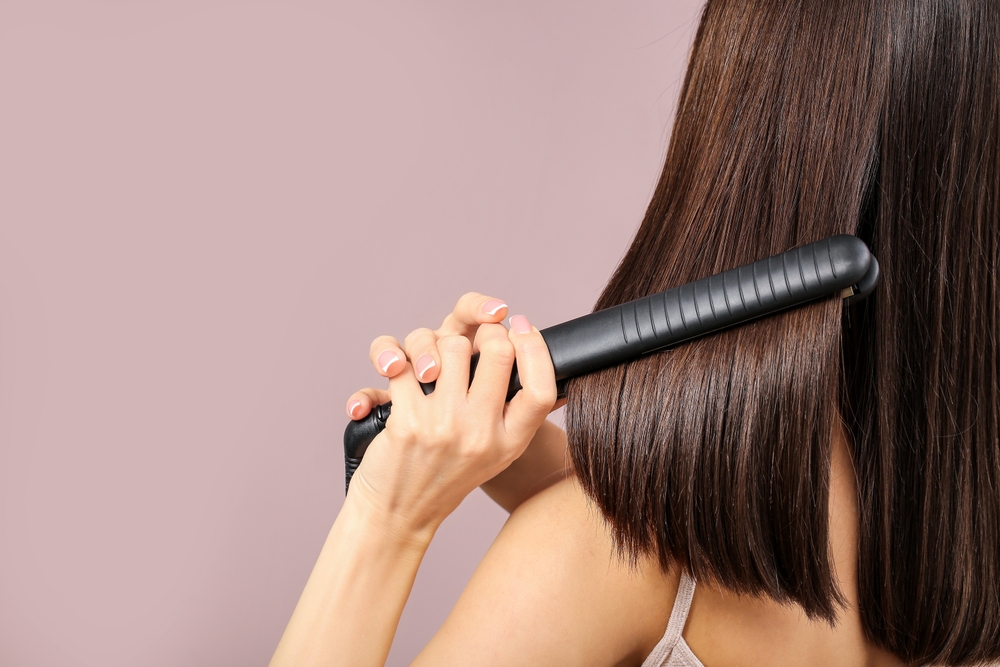
Heat styling tools like hair dryers, straighteners, and curling irons are common hair enemies. Subjecting your strands to daily or excessive heat styling causes damage and dryness as the high temperatures weaken the hair shaft. Give your hair a break from the assault by letting it dry naturally and always apply a heat protectant spray before styling.
8. Chemical Treatments and Overbleaching
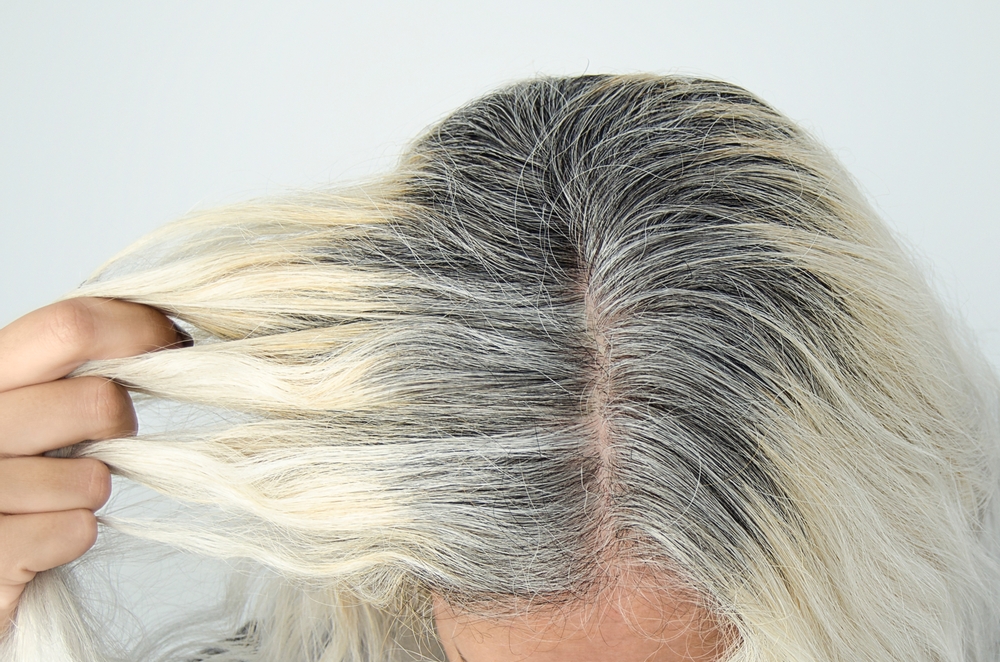
Regularly exposing your hair to toxic chemicals in hair dyes, straightening treatments and perms deteriorates the health and condition of your hair and leads to breakages, damage, and loss. Bleaching your hair can leave it dry, brittle, and with a straw-like texture. If you need to color it’s better to use gentle plant-based dyes and opt for soft highlights or lowlights in a shade that complements your natural hair color. Anything too dark can make you look harsh and older. To minimize damage, limit chemical treatments and restore the health and condition of your hair with deep conditioning treatments afterward.
9. Styling It Wrong
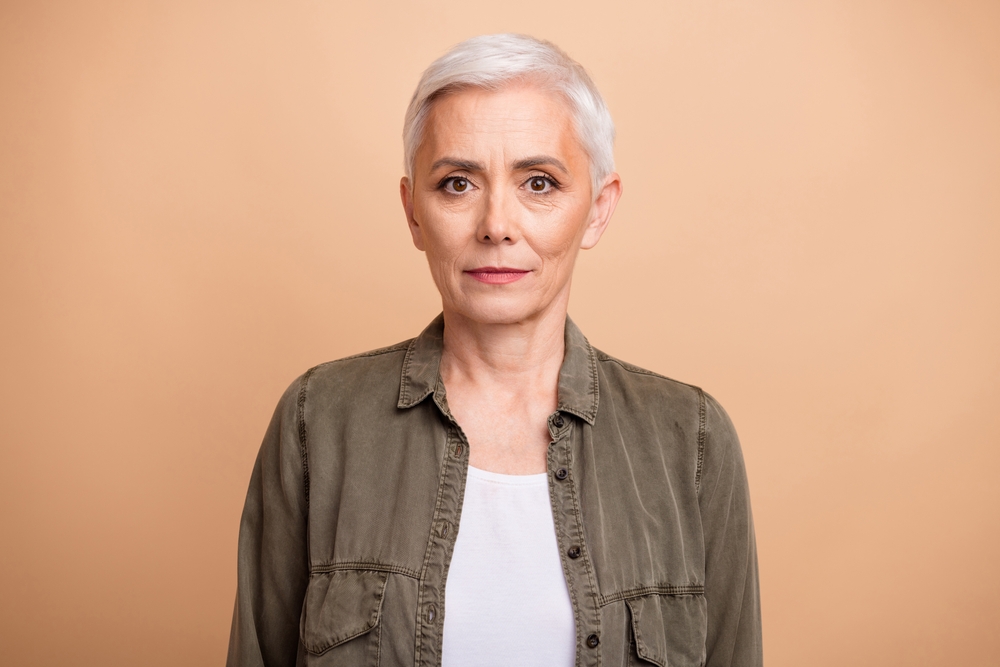
The way you style your hair impacts its health and condition. Severe cuts, slicked-back styles, tight ponytails, buns, and braids put a strain on the hair follicles which can cause shedding and even permanent hair loss. Go for looser hairstyles and avoid tight hair accessories to reduce tension and protect your hair from unnecessary stress and damage.
10. Product Buildup
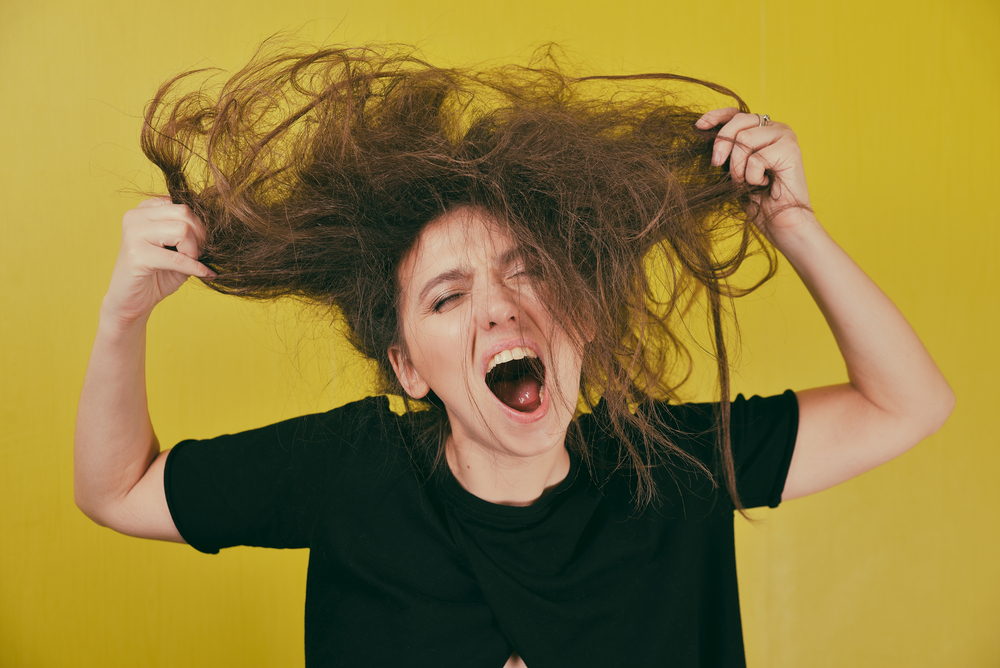
Always use hair products suited to your hair type and shade or you risk dryness, damage, stripping your hair of its natural oils, and product build-up. Using the wrong hair products or applying chemical-laden hair care can also leave your hair dull, limp, or like an oil slick. Understand your hair type, read the labels, and use a detoxifying shampoo if dirt, debris, or excess product build-up is an issue.
11. Ignoring Scalp Health
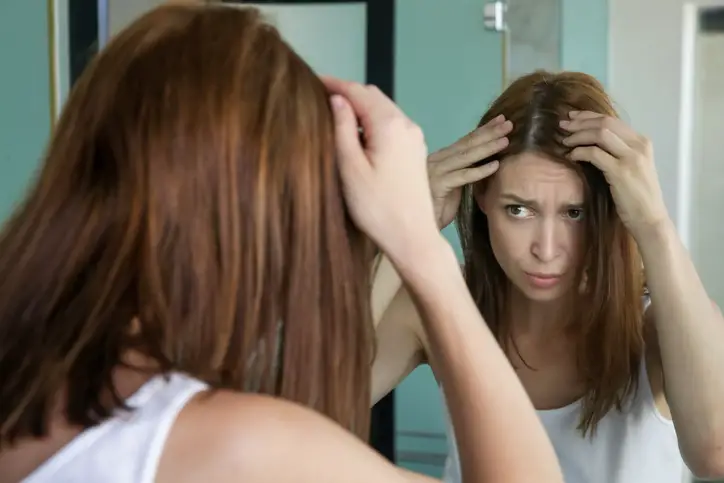
Healthy hair needs a healthy scalp, so if you neglect scalp care it leads to dandruff, dryness, clogged hair follicles, and loss. Brush your hair regularly to boost oil production, exfoliate your scalp to remove dead skin cells, use a detoxifying shampoo to cleanse product residue, and use anti-dandruff products if flaking is an issue. Keeping your scalp clean and nourished will promote stronger, healthier hair growth.
12. Environmental Factors
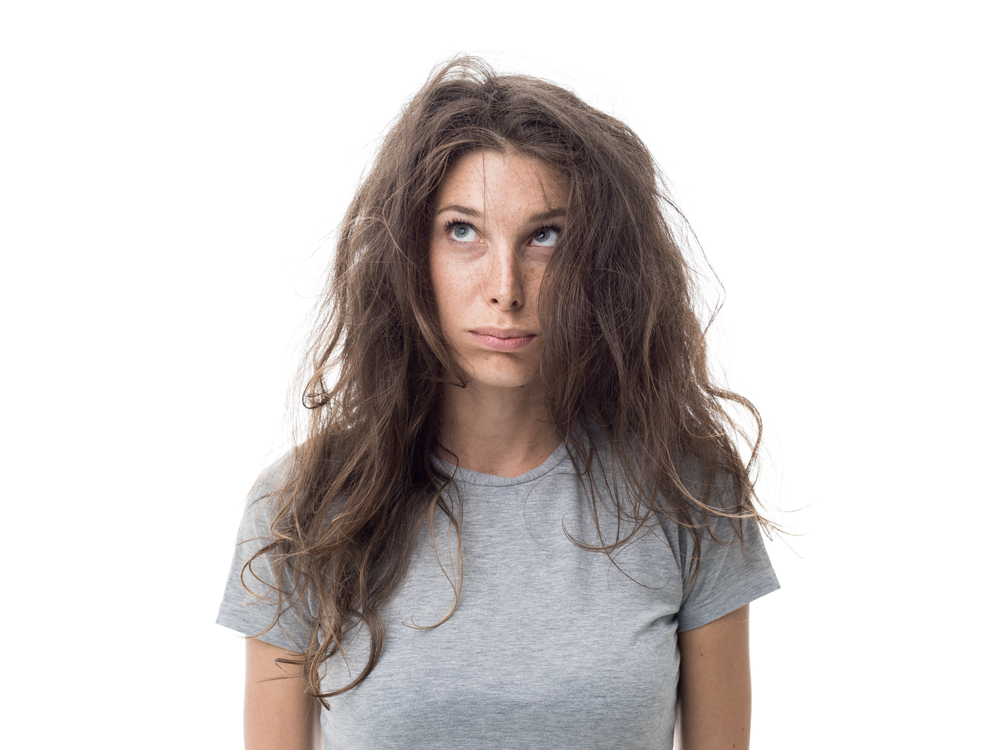
Your hair is assaulted by environmental factors such as the sun’s UV rays, pollution, extreme weather, and air conditioners which can all cause significant damage, and loss and speed up the rate of graying. Sun damage weakens the hair shaft making it more prone to breakages and color fade, while pollution can cause debris buildup and dullness. Protect your hair with a hat, use hair care products with UV filters, and regularly apply conditioning treatments to keep hair hydrated and nourished. Lifestyle factors like stress, poor sleep, smoking, and drinking alcohol also accelerate skin and hair aging contributing to loss and graying.
13. Lack Of Maintenance
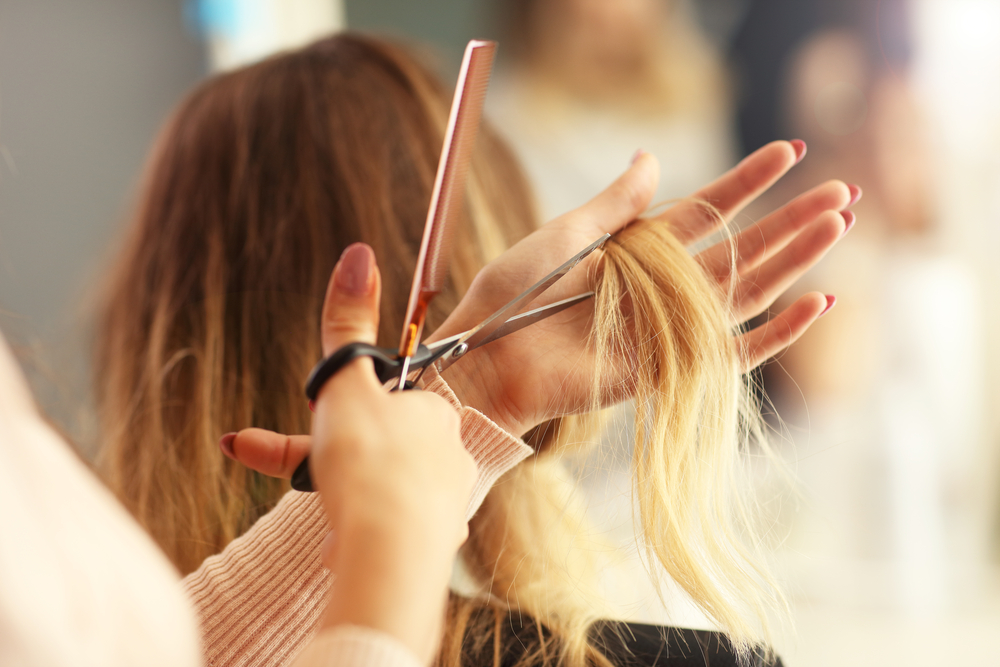
It’s important to adjust your hair care regime and keep up hair maintenance, as our hair changes texture, color, and thickness as we age. Ignoring these changes can lead to damage, loss, more greys, and looking older and less attractive. Use hydrating products for dry brittle hair and volumizing solutions if you’re starting to thin. Regular trims every 6-8 weeks are also crucial to maintain the health and condition of your hair and prevent split ends and loss. A great haircut that suits your face shape, and p works with the texture and volume of your hair will also take years off your age.
14. Dehydration And Bad Diet
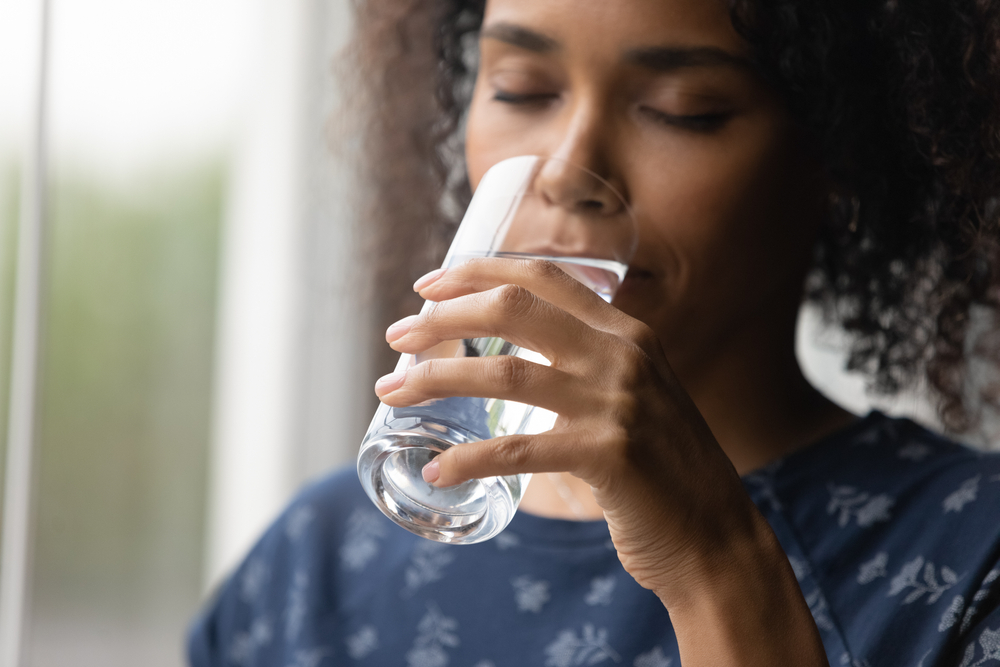
It’s not rocket science, eating a healthy balanced diet is crucial to the health of our skin, hair, and body. When you lack essential nutrients such as vitamins A, C, D, and E, zinc, iron, and omega-3 fatty acids this can speed up hair thinning and trigger premature aging, accelerating graying. Fruits, vegetables, lean proteins, and healthy fats help promote strong healthy hair growth, and remember to drink 2.7 liters of water daily to stay hydrated. Adding a vitamin E or biotin supplement to your daily routine can also combat hair loss.
15. Hormonal Imbalances
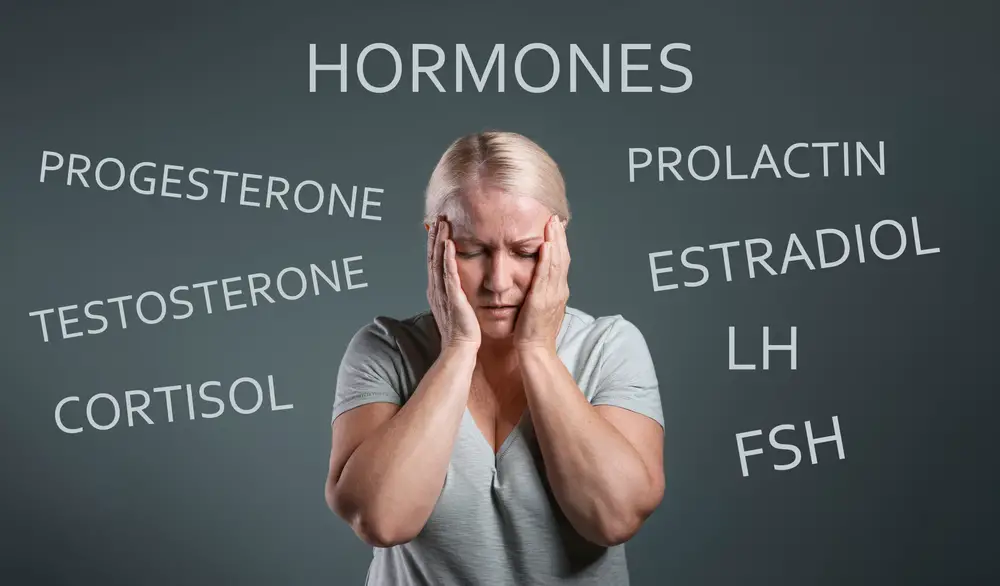
Fluctuating hormones particularly during pregnancy, postpartum, perimenopause, and menopause can lead to hair loss according to the health experts at Forbes. Hormonal imbalances also impact the thyroid which can trigger premature thinning, aging, and graying. See a doctor to get your hormone levels checked and take supplements to support you through changing life cycles and help maintain the health of your hair.

